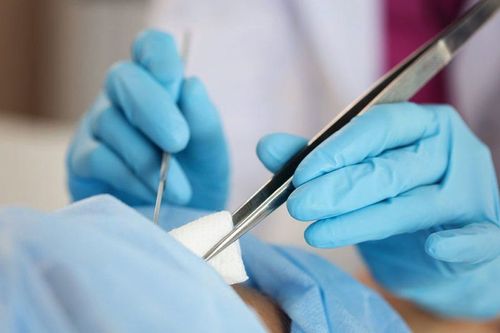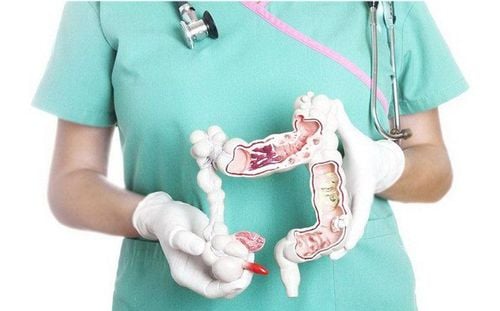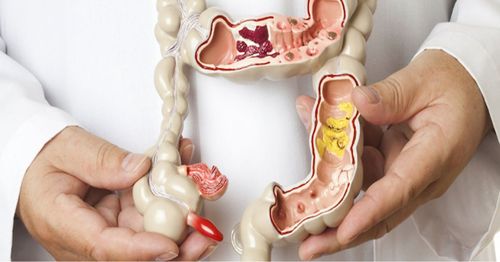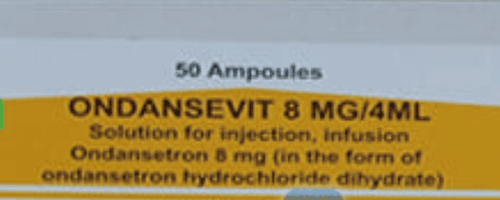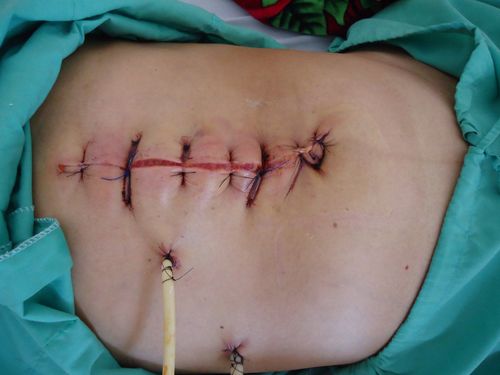This is an automatically translated article.
Surgical site infection is a very common type of infection, occurs in large numbers and is commonly reported in hospital infections. In Vietnam, surgical site infections account for 5-10% of the more than 2 million people who undergo surgery every year.
1. What is surgical site infection?
Infection of the surgical site is an infection at the surgical site from the time of surgery to 30 days after surgery for surgery without implants and up to 1 year after surgery with prosthetic implants.
There are 2 sources of pathogens causing surgical site infections:
Microorganisms on the patient (endogenous agents) This is the main source of surgical site infections, including resident microorganisms on the patient's body. , resides in skin, mucosal epidermal cells or in hollow cavities/organs of the body such as: oral cavity, gastrointestinal tract, urinary - genital tract... A few cases of microorganisms originate from the source of infection far from the incision, through the blood or lymphatic system to enter the incision and cause infection. Endogenous pathogens often originate from the hospital environment and are highly resistant to drugs.
Environmental microorganisms (exogenous agents) These are extra-environmental microorganisms that enter the surgical site during surgery or when caring for the incision. These agents usually originate from:
Operating room environment: Surface of vehicles, equipment, operating room air, water and means of surgical hand hygiene... Instruments, hemostatic materials, contaminated surgical linen. Surgical team staff: Hands, on skin, from the respiratory tract... Microorganisms can also enter the incision when taking care of the incision does not comply with the aseptic principle. However, environmental microorganisms that enter the incision by this route often cause superficial wound infection, with few serious consequences. Pathogenic microorganisms enter the surgical site mainly during surgery by direct, local mechanisms. Most of the causative agents of surgical site infections are microorganisms that colonize the skin at the incision site, in tissues/organizations of the surgical site, or from the external environment that enter the incision through direct contact and indirectly, especially through the hands of the surgical team.
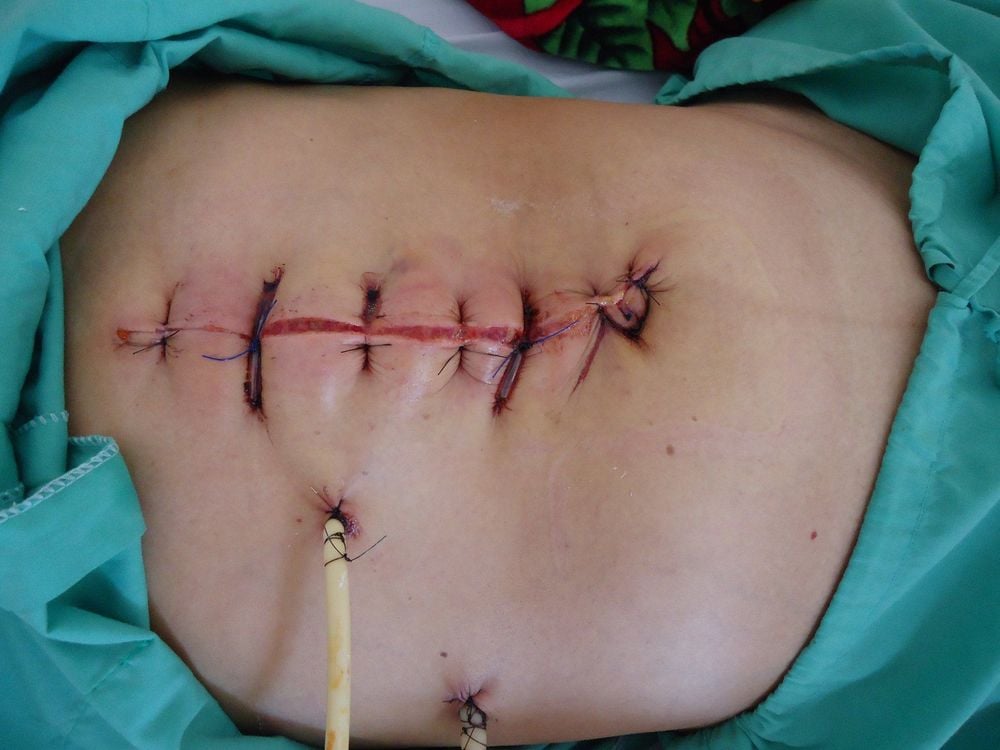
Vết mổ là môi trường thuận lợi dễ bị nhiễm khuẩn
2. Risk factors for surgical site infection
There are 4 groups of risk factors for surgical site infection, including: patient factors, environmental factors, surgical factors and microbial pathogens.
2.1 Patient factors
The following patient-related factors are likely to increase the risk of surgical site infection:
The patient has an infection at the surgical site or an infection at another site far from the incision site such as: lungs, ENT, urinary tract or skin. The patient suffered multiple injuries, broken wounds. Patients with diabetes: High blood sugar is a favorable factor for bacteria to grow when entering the incision. Smokers are at increased risk of infections due to vasoconstriction and local malnourishment. Immunocompromised patients, patients taking immunosuppressive drugs. People who are obese or malnourished. People who stay in the hospital for a long time before surgery increase the amount of microorganisms on the patient. The more severe the patient's preoperative condition, the higher the risk of surgical site infection. According to the classification of the American Society of Anesthesiologists: surgical patients with ASA (American Society of Anesthesiologists) scores of 4 and 5 points will have the highest rate of surgical site infection.
ASA scale to assess the patient's condition before surgery:
| Điểm ASA | Tiêu chuẩn phân loại |
| 1 điểm | Người bệnh khỏe mạnh, không có bệnh toàn thân. |
| 2 điểm | Người bệnh khỏe mạnh, có bệnh toàn thân nhẹ. |
| 3 điểm | Người bệnh có bệnh toàn thân nặng nhưng vẫn hoạt động bình thường. |
| 4 điểm | Người bệnh có bệnh toàn thân nặng đe doạ tính mạng. |
| 5 điểm | Người bệnh đang trong tình trạng bệnh nặng, có nguy cơ tử vong cao dù đã được phẫu thuật |
2.2 Environmental factors
Extrinsic factors including microorganisms in the environment also increase the risk of surgical site infection:
Surgical hand hygiene is not timed or not technically correct. Disinfectant soap, improper cleaning of the skin incision area, incorrect hair removal instructions, time and techniques. The design of the operating room does not guarantee the principle of infection control. Conditions of the operating room are not guaranteed to be sterile: Air, water, equipment surfaces, operating room environmental surfaces are contaminated or not periodically controlled. Medical instruments: The sterility is not guaranteed due to the quality of sterilization, sterilization or improper storage and use of aseptic equipment. Staff participating in surgery do not comply with the principle of aseptic in the operating room, which increases the amount of micro-organisms: Incorrectly entering and exiting the operating room, not wearing or wearing personal protective equipment improperly. , do not clean hands / do not change gloves after every time hands touch environmental surfaces...
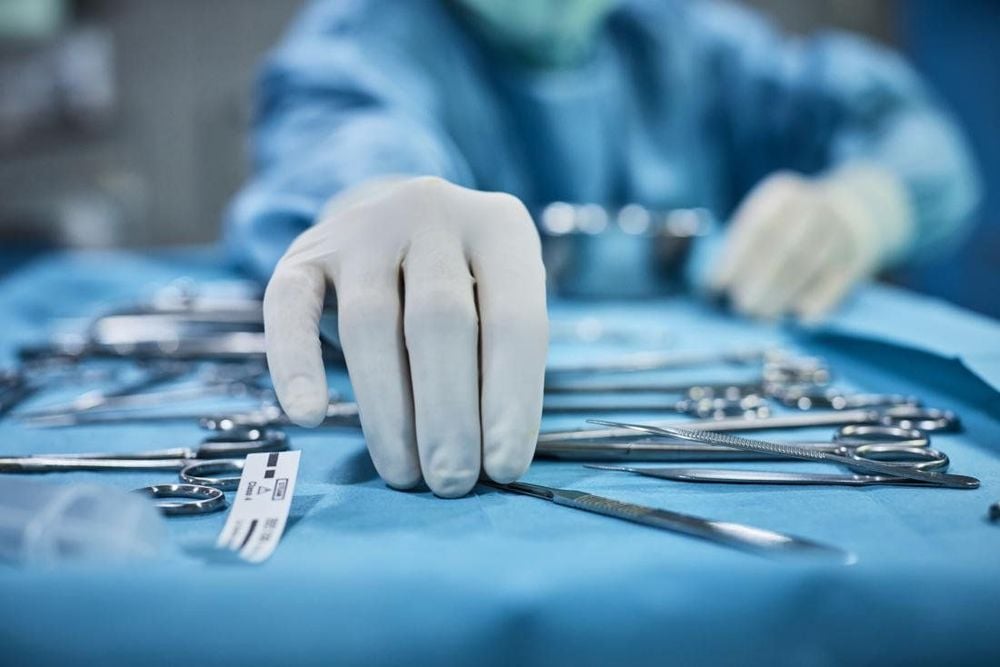
Dụng cụ y tế có khả năng khiến vết mổ nhiễm trùng
2.3. Surgical factor
Surgical time: The longer the surgery, the higher the risk of wound infection. Type of incision: Emergency surgery, contaminated surgery and dirty surgery have a higher risk of surgical site infection compared to other types of surgery. Classification of surgical incisions and the risk of surgical site infection
| Loại vết mổ | Định nghĩa | Nguy cơ nhiễm khuẩn vết mổ (%) |
| Sạch | Là những phẫu thuật không có nhiễm khuẩn, không mở vào đường hô hấp, tiêu hóa, sinh dục và tiết niệu. Các vết thương sạch được đóng kín kỳ đầu hoặc được dẫn lưu kín. Các phẫu thuật sau chấn thương kín. | 1-5 |
| Sạch nhiễm |
Là các phẫu thuật mở vào đường hô hấp, tiêu hoá, sinh dục và tiết niệu trong điều kiện có kiểm soát và không bị ô nhiễm bất thường. Trong trường hợp đặc biệt, các phẫu thuật đường mật, ruột thừa, âm đạo và hầu họng được xếp vào loại vết mổ sạch nhiễm nếu không thấy có bằng chứng nhiễm khuẩn/ không phạm phải lỗi vô khuẩn trong khi mổ. |
5-10 |
| Nhiễm | Các vết thương hở, chấn thương có kèm vết thương mới hoặc những phẫu thuật để xảy ra lỗi vô khuẩn lớn hoặc phẫu thuật để thoát lượng lớn dịch từ đường tiêu hoá. Những phẫu thuật mở vào đường sinh dục tiết niệu, đường mật có nhiễm khuẩn, phẫu thuật tại những vị trí có nhiễm khuẩn cấp tính nhưng chưa hoá mủ. | 10-15 |
| Bẩn | Các chấn thương cũ kèm theo mô chết, dị vật hoặc ô nhiễm phân. Các phẫu thuật có nhiễm khuẩn rõ hoặc có mủ. | >25 |
Manipulation: Surgery injures, bruises many tissues, loses a lot of blood, violates the principle of aseptic surgery, increases the risk of surgical site infection. Some studies in Vietnam showed that the risk factors for surgical-related infection include: Clean-contaminated surgery, contaminated and dirty surgery, surgery lasting > 2 hours, surgery. small intestine, colon.
2.4. Microbial factors
The higher the level of contamination, virulence and antibiotic resistance of bacteria, occurs in patients with weaker resistance, the greater the risk of infection. Widespread use of broad-spectrum antibiotics in patients is an important factor in increasing drug-resistant bacteria, thereby increasing the risk of surgical site infections. To register for examination and treatment at Vinmec International General Hospital, you can contact Vinmec Health System nationwide, or register online HERE.
SEE MORE
Classification of surgical site infections Incisional infections: When is surgery needed? Care of the incision after surgery




